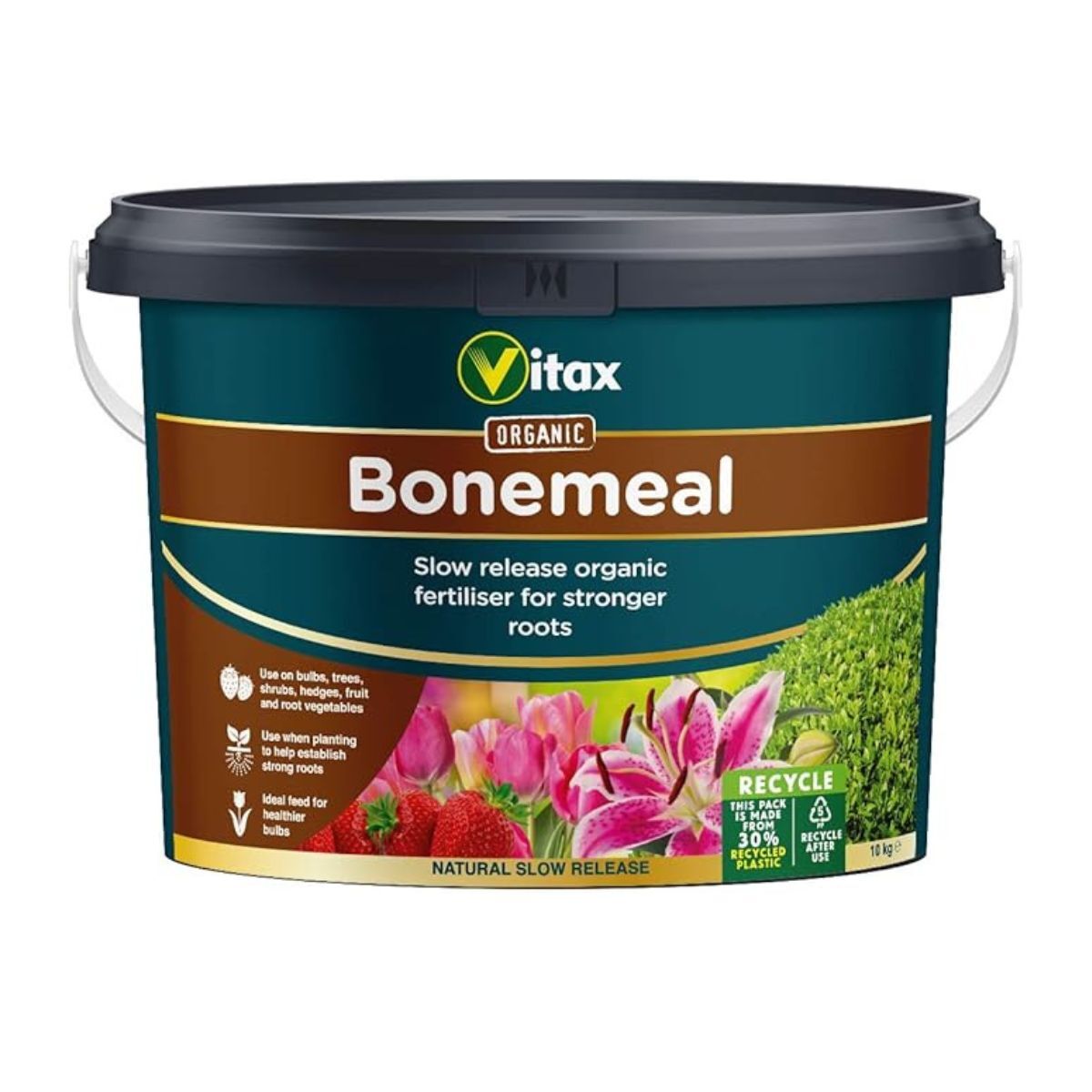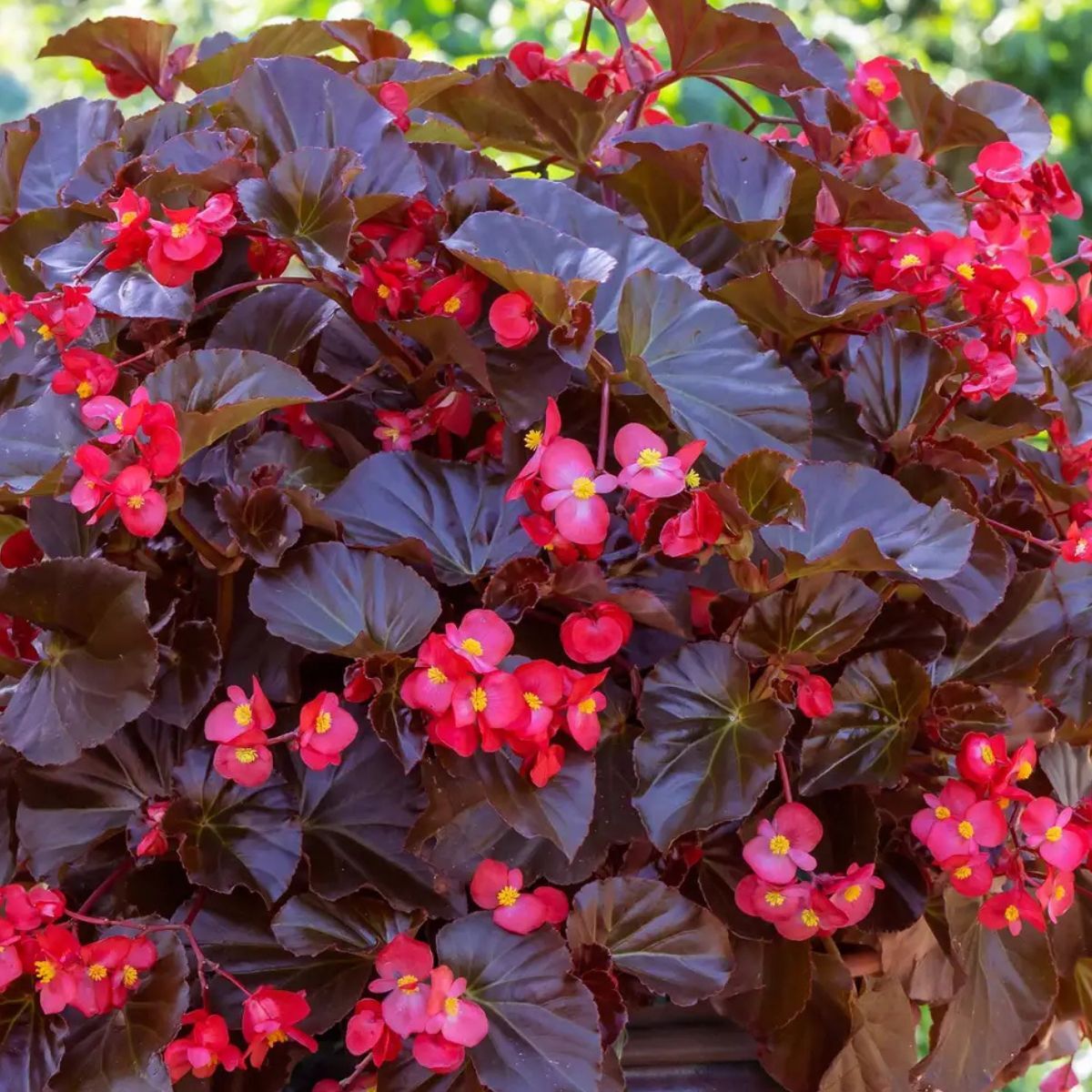Begonias are back in fashion – here's how to deadhead them for a beautifully exotic display of continuous flowers
A simple, step-by-step guide to a long flowering season
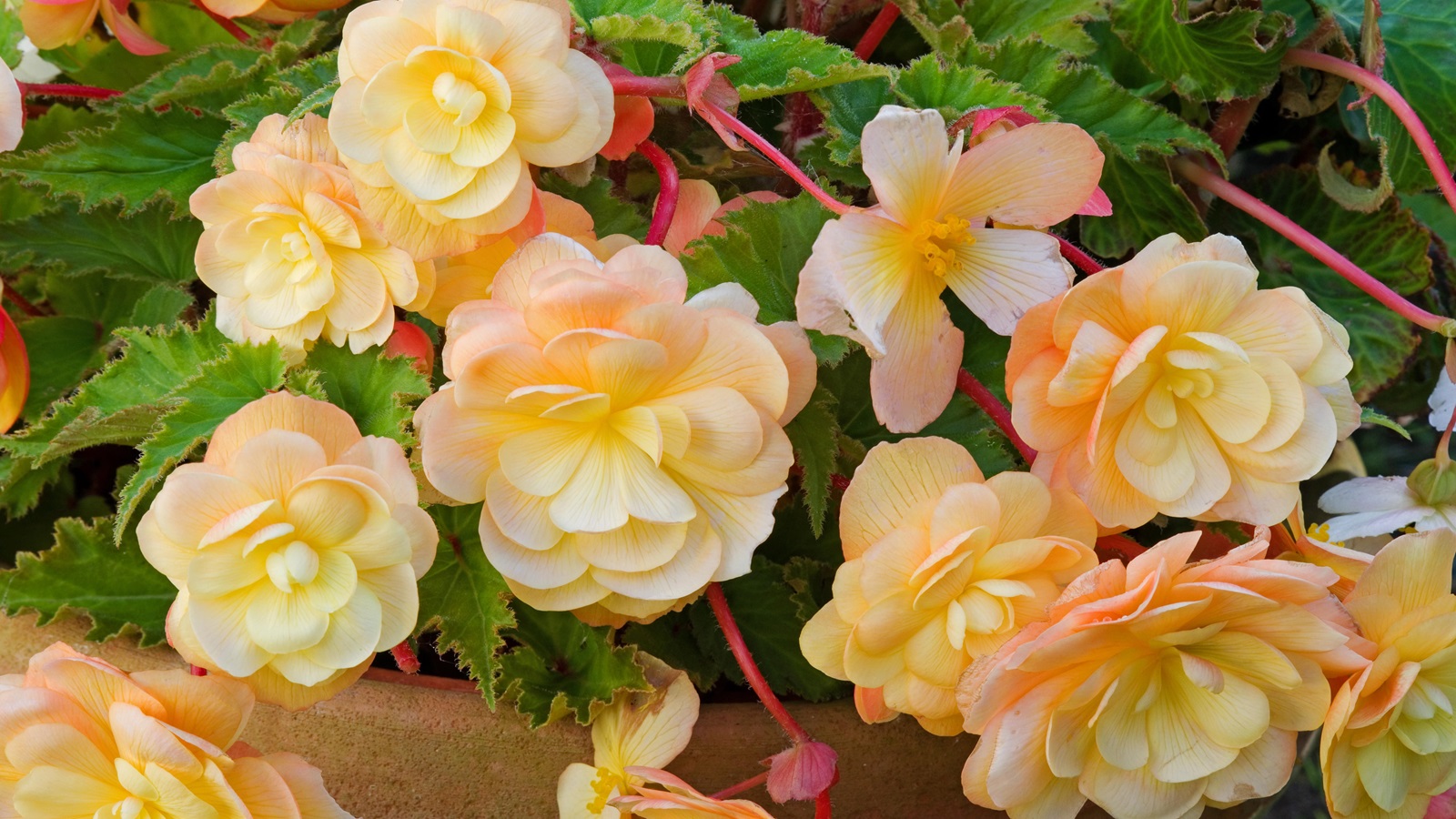

Oh, the flamboyance and theatre of brightly colored begonias. You either love them or hate them, but if you fit into the former category, knowing how to exploit them for all their flowering potential will ensure you have many more flowers, for a much longer period.
So, if you're wondering how to grow begonias and help them maximize their flowering potential, knowing how to deadhead begonias is paramount for optimal growth. If you deadhead properly throughout the growing season, your begonias will reward you with a proliferation of new blooms.
Here is the ultimate guide on how to keep begonias blooming, for full-throttle tropical color for longer.
Why is it important to deadhead begonias?
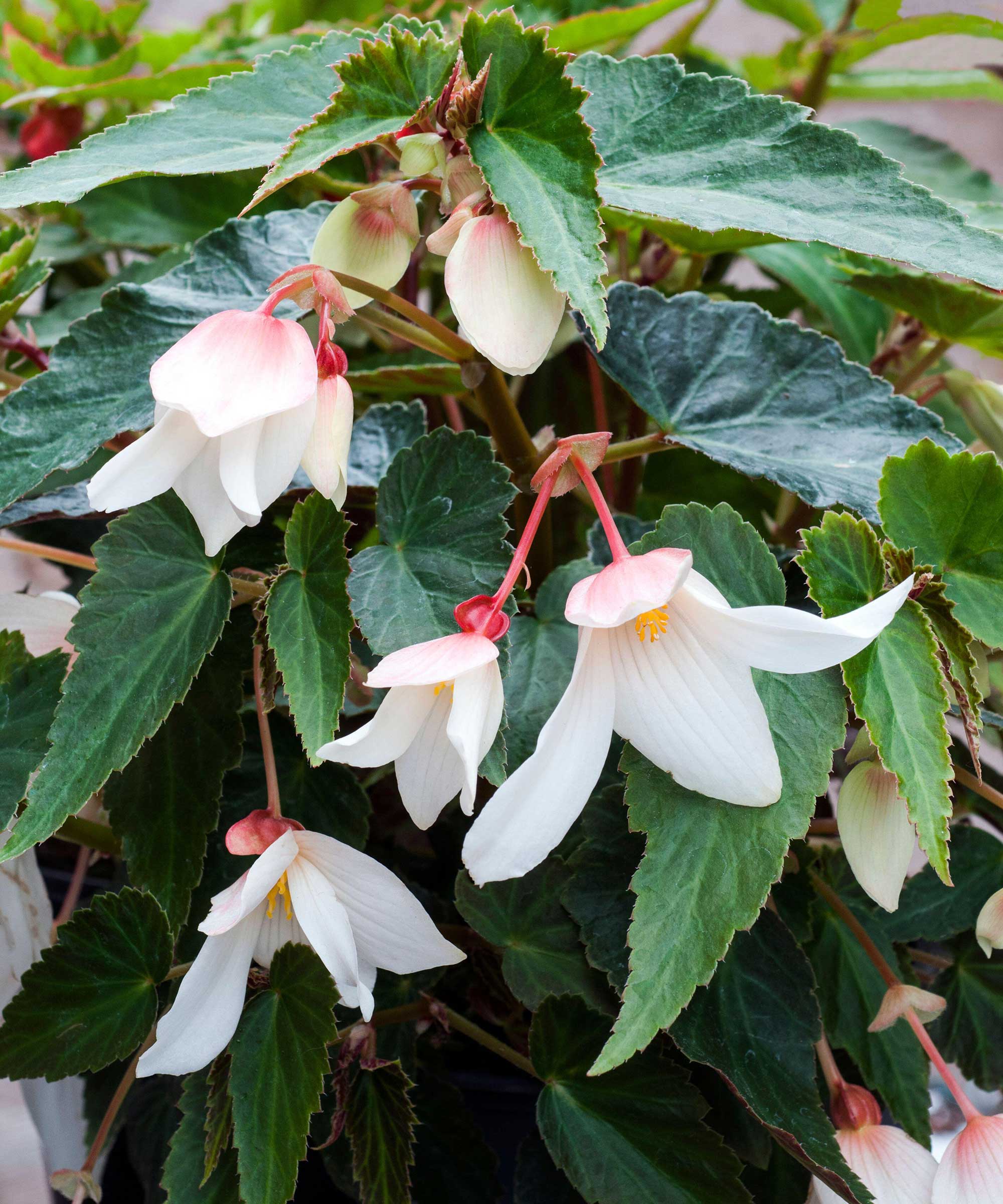
If you don't deadhead begonias, the flowers will bloom, wilt, fade, and rot of their own accord. This process is, technically speaking, totally fine to happen naturally and without intervention. However, it poses a few threats.
Firstly, wilted and sorry-looking, faded blooms can make your begonias look very scruffy and ruin their spectacular display.
Secondly, the rotting flowers, if not removed, can often cause a fungal disease to break out, and damage the plant.
Lastly, but perhaps most importantly, once the flowers have faded and dropped off, begonias do not focus their energy on producing more flowers, instead, they concentrate their energy on producing their seed. Once seed is produced, flowering stops in its tracks.
Design expertise in your inbox – from inspiring decorating ideas and beautiful celebrity homes to practical gardening advice and shopping round-ups.
Deadheading will prevent all of these things and keep your begonias flowering generously right up until winter.
When to deadhead begonias
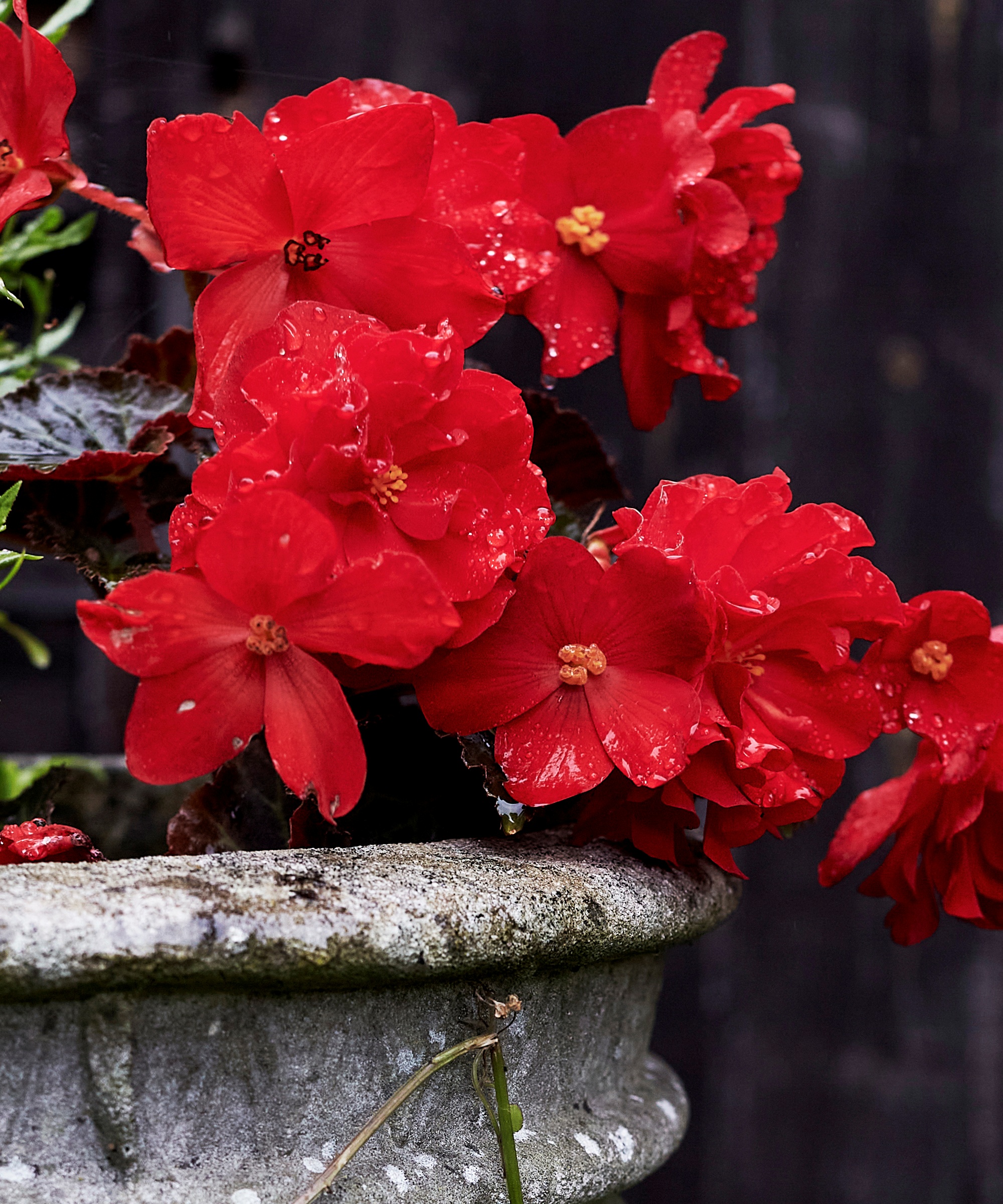
You can deadhead begonias at any point throughout the flowering season. It is not a job to be done simply once but done regularly throughout the entire growing season. It's crucial to continue deadheading to get as much enjoyment from your plants as possible.
Ideally, you want to remove any spent blooms before the plant creates seeds. Waiting until you see seed heads on the plant means you have left it too late. So, instead, look for faded, wilted, or browning flowers and remove them immediately.
You can deadhead begonias up to the first frost, when your begonias will naturally stop flower production.
How to deadhead begonias
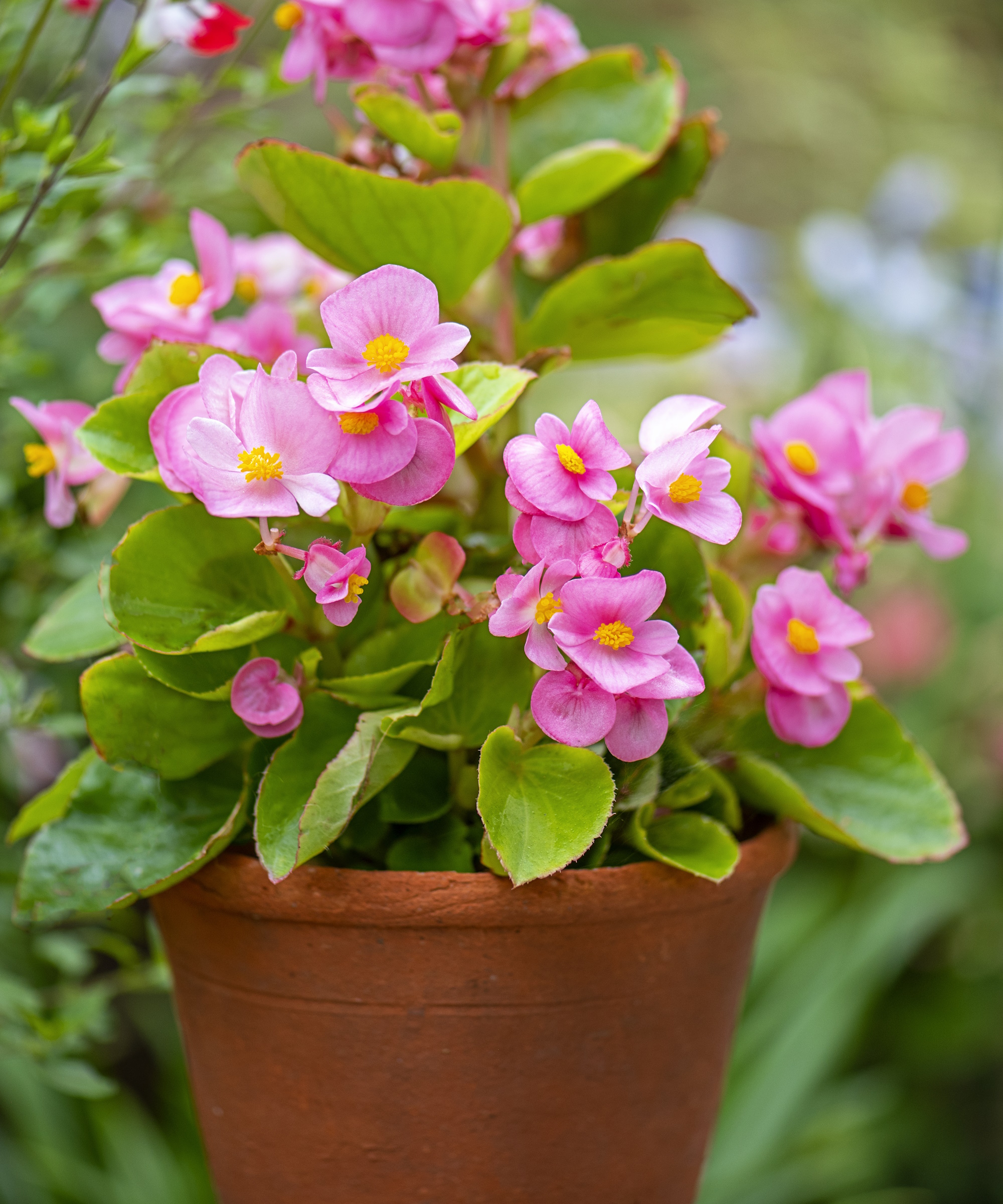
Knowing how to deadhead begonias is wonderfully straightforward.
When the flowers of a begonia go brown and die, you can use your fingers, clean pruning shears, or scissors to remove these old, faded blooms.
Only remove the blooms that are past their prime, and leave any new buds or developing flowers on the plant.
Take hold of the flower and its stem, and either pinch the stem so you can break off the flower, or cut with your snips. If there is a new bud growing beneath the dying flower, be sure to cut above it.
Repeat this process every few days.
Top tip: Ensure you throw the flowers away, don't drop them at the base of the plant, as this can encourage disease.
Depending on where you live, you may need to overwinter begonias when the first frost is looming.
Shop begonia essentials
If you're looking for some of the best begonia varieties to grow in your yard, the good news is that there are hundreds of varieties to choose from.
Begonias are hardy across US hardiness zone 6 to US hardiness zone 9, though you should always check the hardiness of the specific begonia you wish to grow in your yard to ensure it will thrive in your local climate.
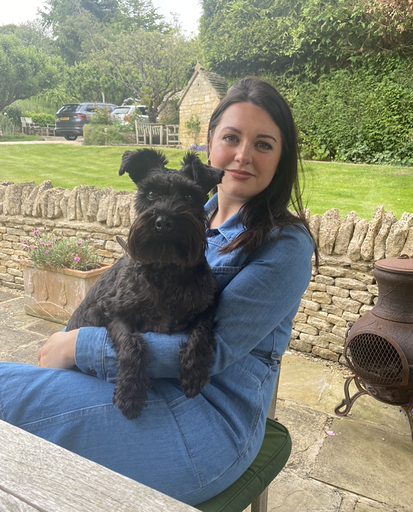
Sophia Pouget de St Victor is the UK Content Editor at Homes & Gardens, bringing readers the latest trends, expert insights, and timeless design inspiration tailored to a UK audience. With a background in luxury interiors and a qualification in Garden Design from London, she has a passion for creating spaces with character and emotional depth. Sophia gravitates toward interiors that defy definition, valuing individuality and effortless elegance. She lives in West London with her partner, two mischievous terriers, and a plump cat named Lettuce.
You must confirm your public display name before commenting
Please logout and then login again, you will then be prompted to enter your display name.

